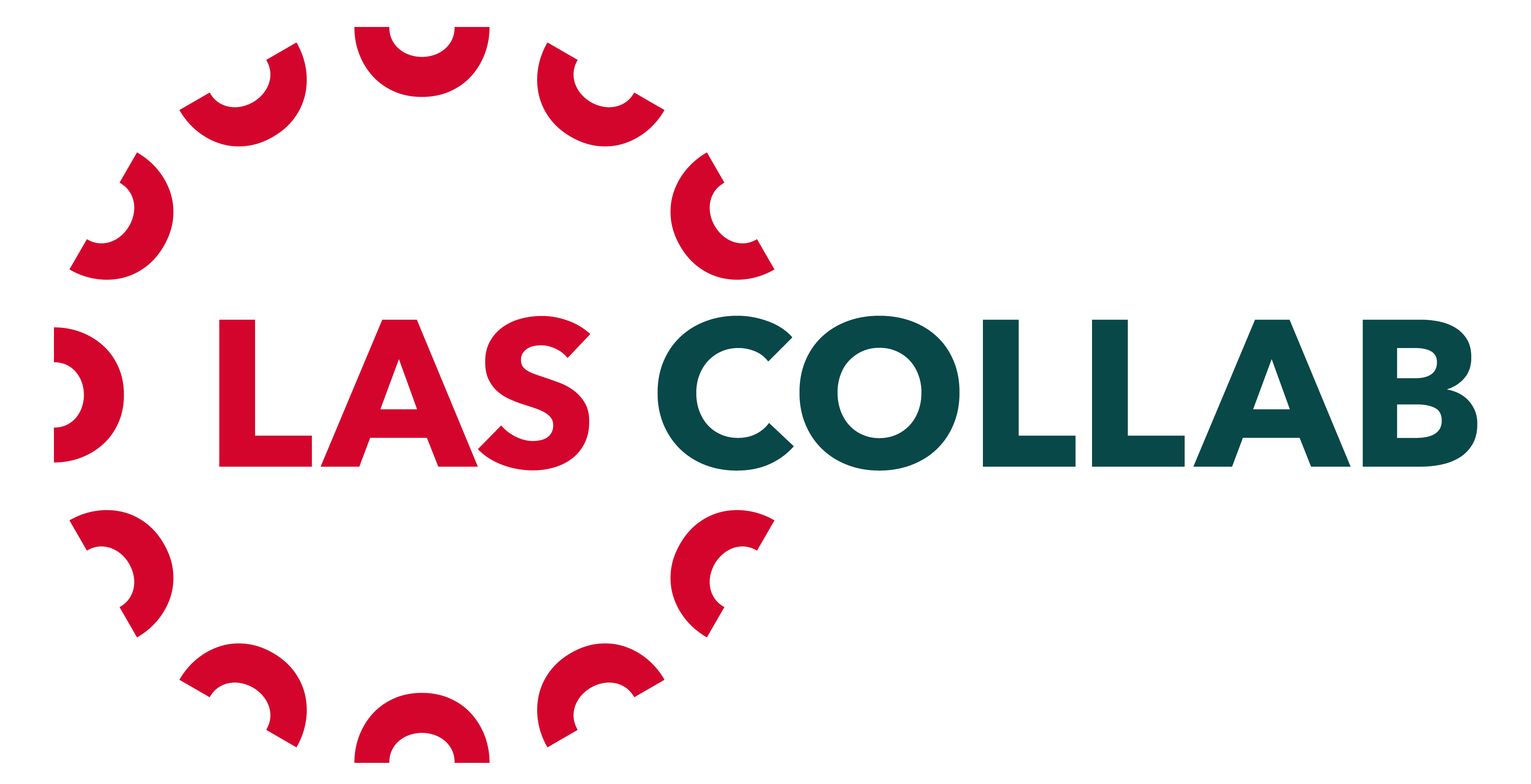Why Ordinals Changed How I Think About Bitcoin Wallets
I remember opening my first Ordinals inscription and feeling a rush, staring at raw hex and wondering about permanent ownership at two in the morning. Whoa, seriously, this really hit me late that night. My instinct said this was different from every mint I’d seen. Initially I thought inscriptions were just a novelty, purely aesthetic tokens that would live in wallets and maybe show up in tweets. But then I started tracking on-chain usage more carefully across wallets and realized a set of activity patterns that reframed my assumptions.
Here’s what bugs me about early wallets. They treated inscriptions like ornaments, tacked onto addresses without real UX consideration, which meant collectors often mis-sent artifacts and support tickets piled up. The tooling gap made sending, receiving, and verifying provenance awkward at best, and it left curious newcomers stranded when a transfer didn’t reconcile cleanly. Honestly it felt clunky in daily flows and frustrating often. My habit was to open block explorers, cross-reference inscriptions, and mentally map transfers—tedious stuff that put a ceiling on real adoption.
Okay, so check this out—wallets like Unisat started filling that gap by adding inscription indexes, clearer UIs, and lightweight discovery layers that looked more approachable to collectors. Whoa, seriously, that development really helped me evaluate quickly. Tools focused on inscription discovery, simple mint flows, and address-level browsing. I started using them extensively, testing edge cases and occasional failures, and slowly my expectations shifted toward practical features over shiny gimmicks. On one hand these wallets made Ordinals accessible; on the other hand, they introduced new centralization and UX trade-offs we couldn’t ignore.
I’ll be honest, I’m biased toward tools that keep keys with users, because custody matters and real sovereignty isn’t meaningful if recovery is brittle or obscure. This particular part bugs me a lot when designing products. Custodial offerings simplified the UI, sure, but they often obfuscated provenance and made on-chain verification harder. On another note, there are wallets that try to index inscriptions off-chain and that raises trust questions. Hmm, my gut felt uneasy.
Initially I thought a single approach would win. Actually, wait—let me rephrase that, because the ecosystem is layered and messy. On one hand inscriptions enable immutable expression and new primitives like BRC-20; though actually, these same primitives can create spam and UX bloat. My instinct said scale would solve the problems; analysis said not so fast. There are trade-offs everywhere in design and deployment today.
If you’re managing inscriptions day-to-day, you notice patterns fast. Smaller collections tend to cluster on wallets with strong explorers. Larger mints show different dynamics and swap behavior than classic token markets. Something felt off about marketplaces that didn’t validate inscriptions properly. Really, that’s alarmingly telling about market health to me now.
Practical tip: keep receipts. Export your raw inscription data regularly and stash it offline. Use verifiable explorers when confirming provenance so you don’t rely on a single interface. I’m not 100% sure which UX patterns will dominate, but wallets that combine non-custodial keys with readable inscription views seem promising (oh, and by the way… somethin’ about discoverability still needs work). Oh, and don’t forget to be very very cautious with unfamiliar mint sites.

How I use wallets like unisat wallet in practice
Check this out—see how Unisat handles inscription browsing and minting in a compact UI. It’s lean, practical, and built by people who get Bitcoin. There’s room to improve privacy. Wallets could anonymize queries and offer better fee heuristics for inscription transactions. I want lightweight clients that verify on-chain without forcing users to operate full nodes. That is doable, though it requires careful design and honest trade-offs from teams shipping these features. I’m biased, but I prefer tools that educate rather than hide.
A quick workflow I use. First, inspect inscription metadata on-chain using a verified explorer. Second, cross-check the address history for odd patterns. Third, export the hex and back it up. Fourth, use a non-custodial wallet for transfers and sign with hardware when possible. These steps aren’t fancy, but they cut down on surprises.
So where does this leave us? Excited, cautious, and curious all at once. Somethin’ about immutable artifacts on Bitcoin resonates with me, even though I’m worried about bloat and fee pressure. Here’s the thing. We should build tools that respect self-custody while making inscriptions discoverable and verifiable. I don’t have all the answers, but I’m trying to help shape the conversation.
FAQ
How do I safely store Ordinals?
Use a non-custodial wallet and back up your seed phrase offline. Also, export inscription hex if you care about provenance.
Can Unisat manage BRC-20s and inscriptions safely?
It offers useful explorer-like features, but vet each flow. Remember that any web wallet can change, so prefer hardware signing.
